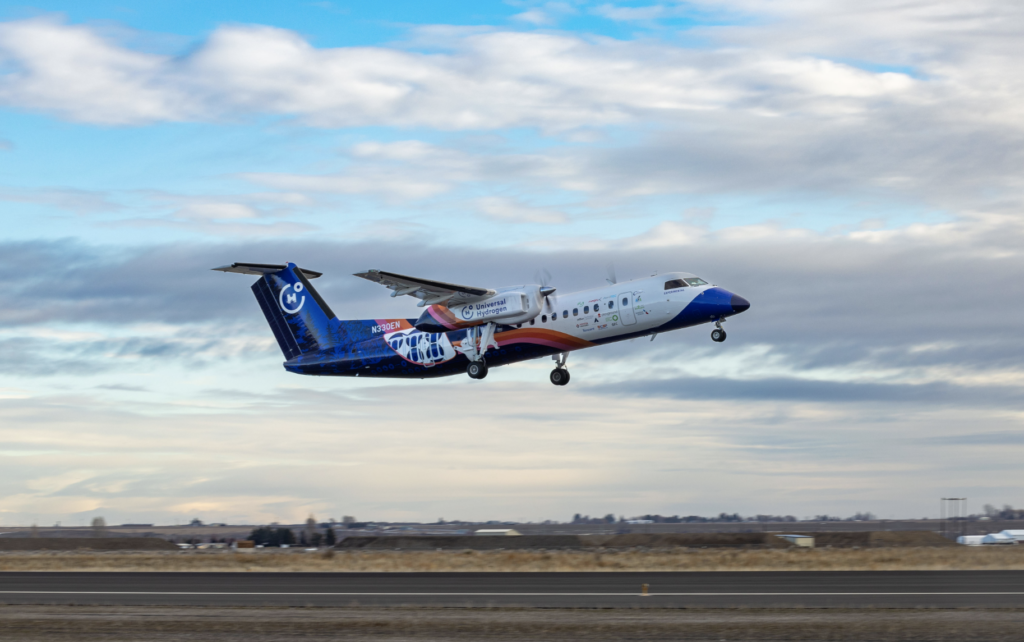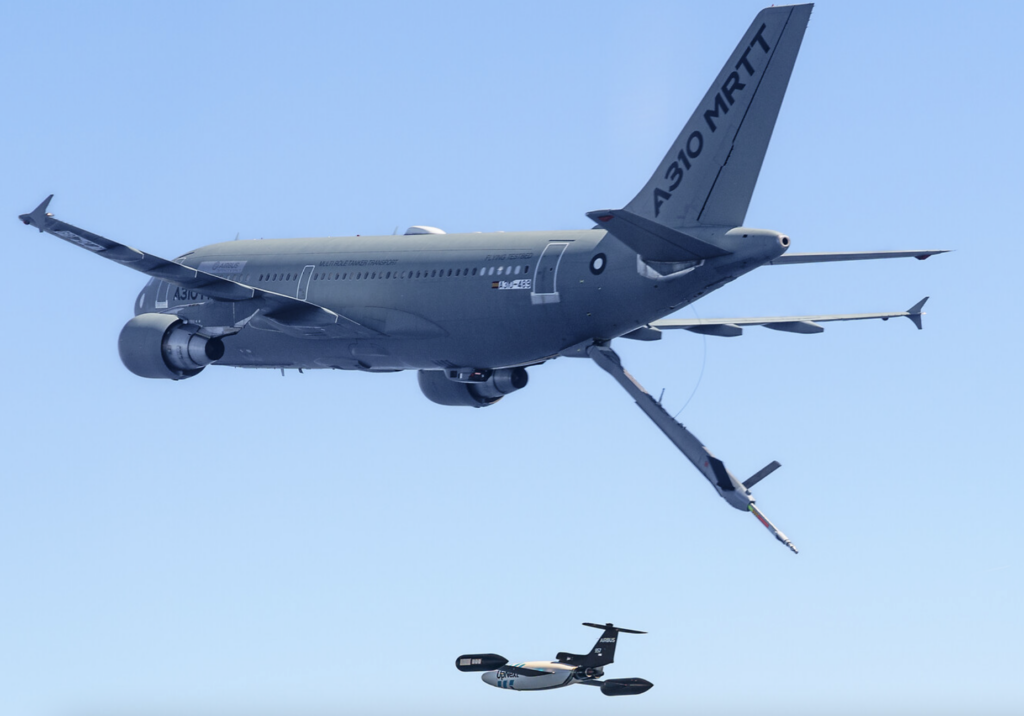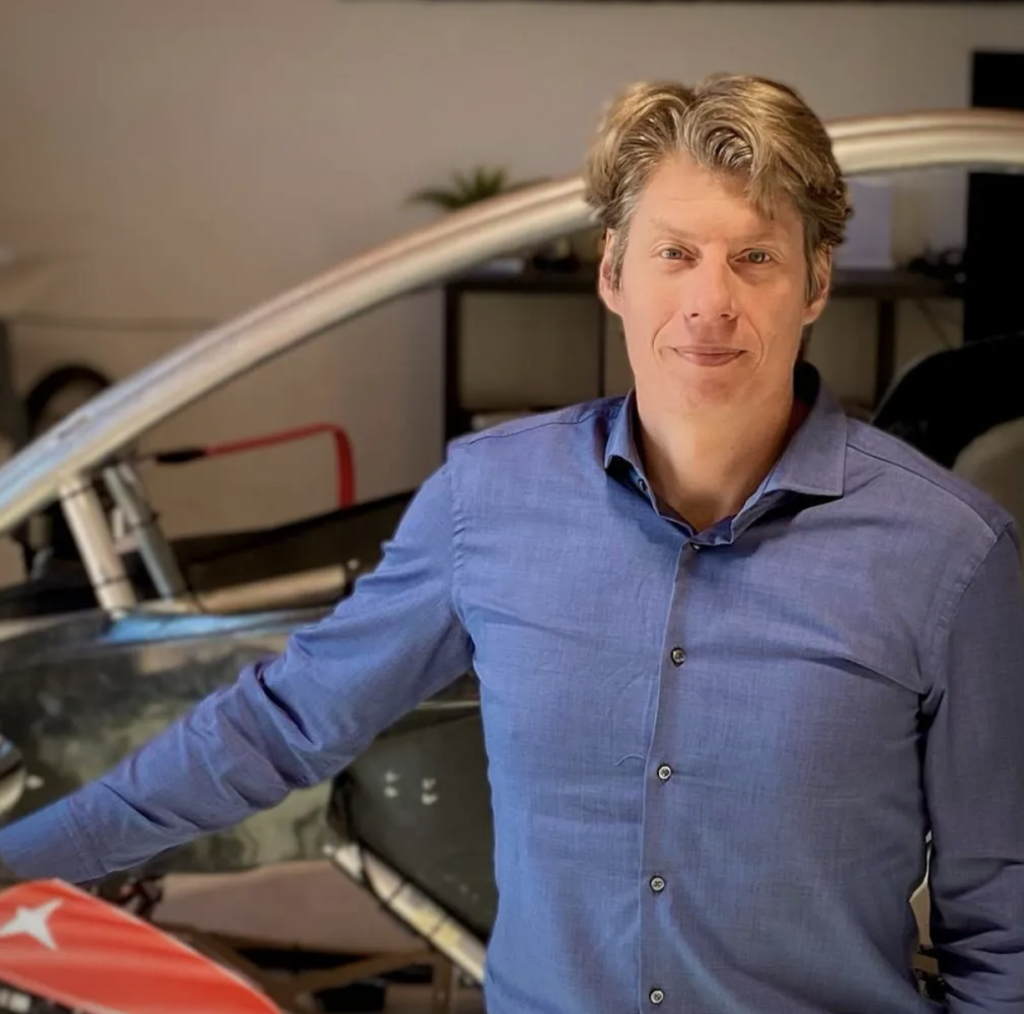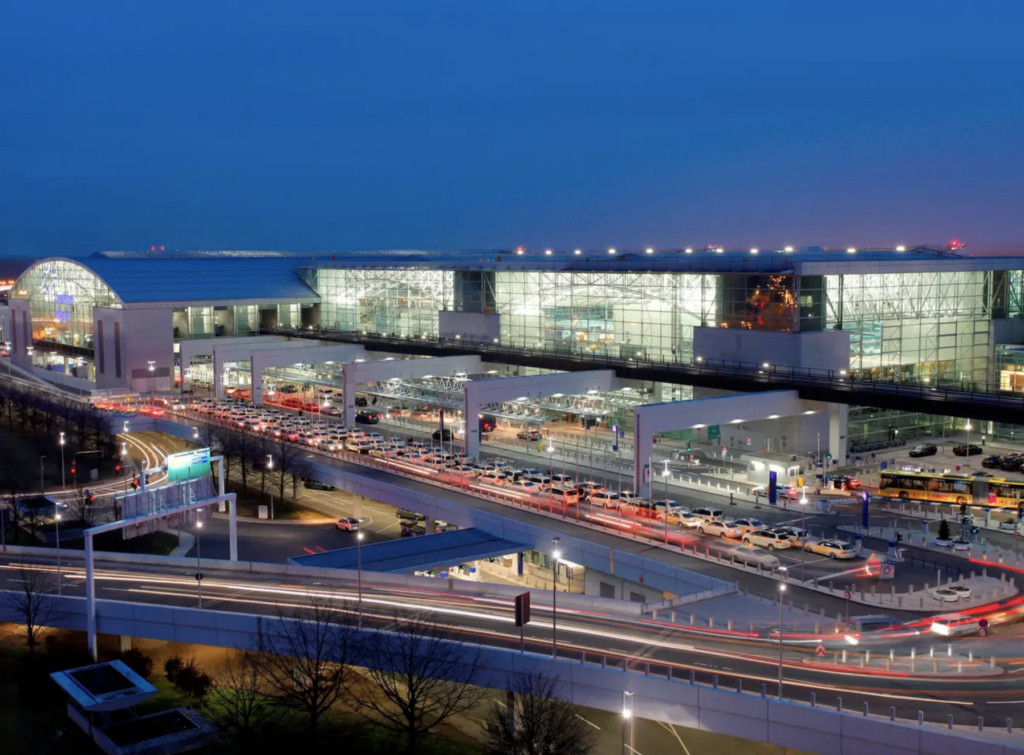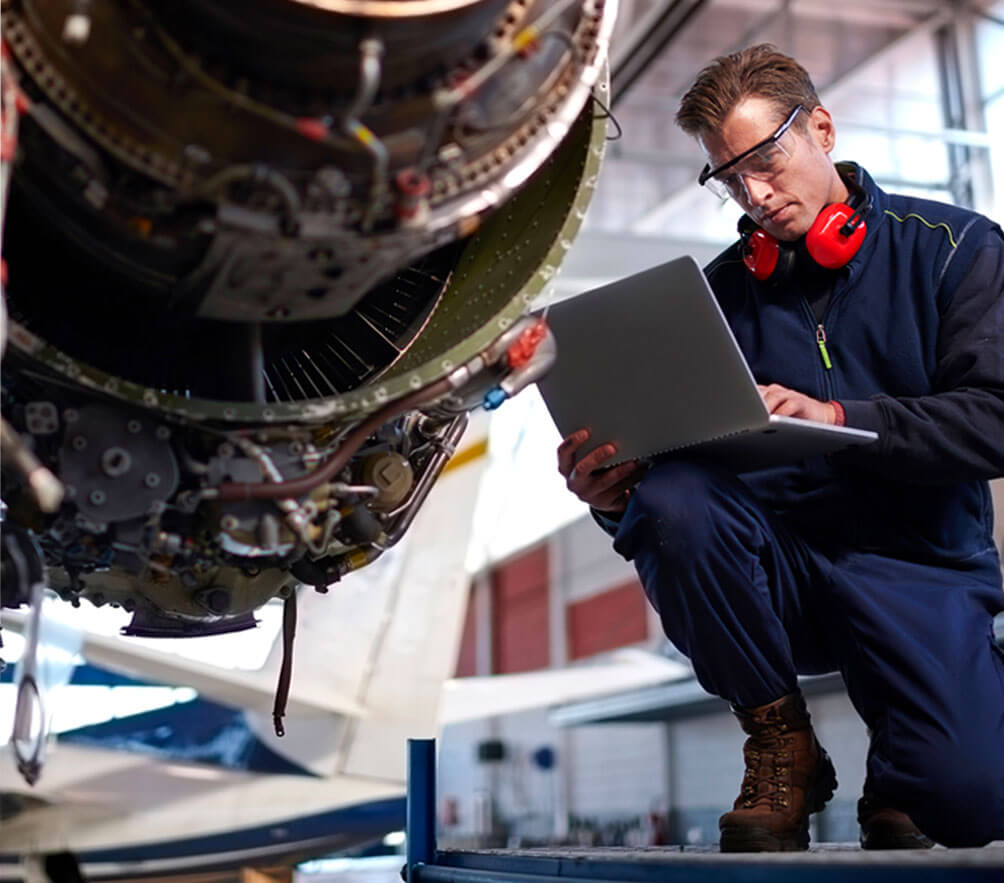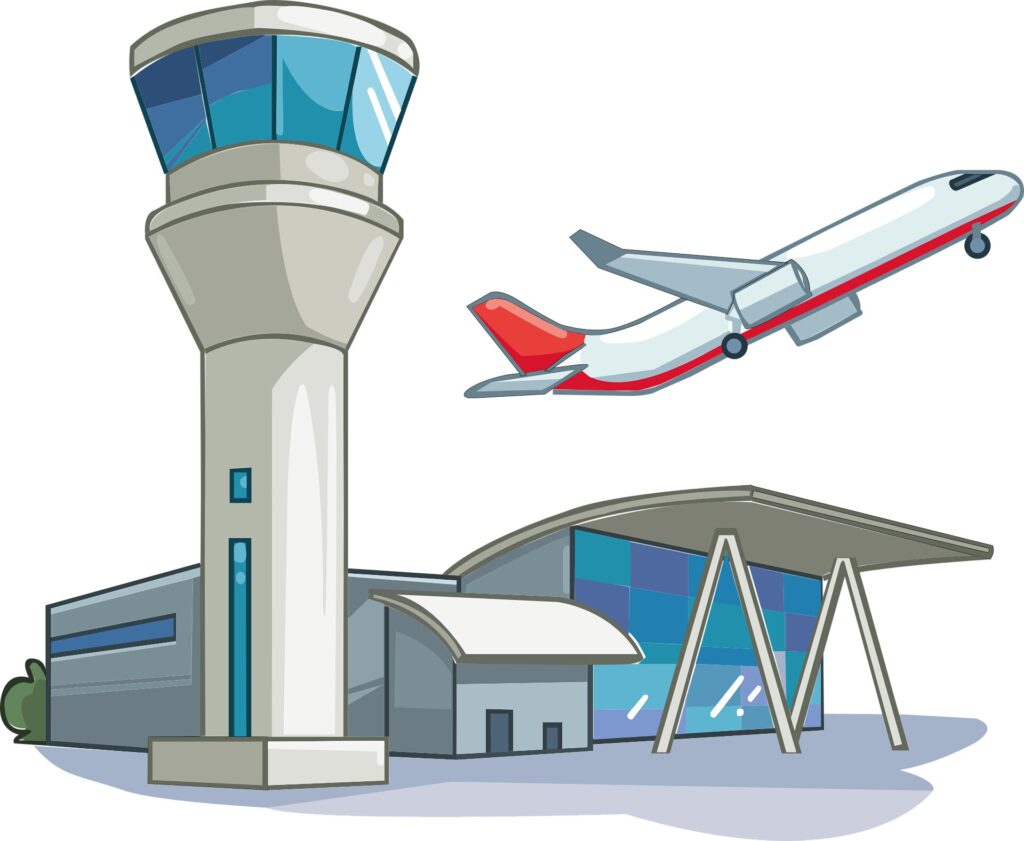Panasonic Announces New Software Engineering Center in India

Panasonic Avionics recently introduced a rapidly growing set of software development capabilities based in Pune, India. (Photo: Panasonic)
Panasonic Avionics, one of the aviation industry’s leaders in providing in-flight entertainment and connectivity systems, has announced a new global software development center in Pune, India. First entering the Indian market in 1972, the company hopes to expand its presence in south Asia.
Panasonic Avionics Corporation is a leading supplier of a variety of aviation products, focused mainly on providing reliable in-flight entertainment and communication systems to its customers. Many of the world’s leading airlines have equipped their fleet with Panasonic’s IFE systems, with over 15,000 commercial aircraft having been installed with its technology. With approximately 70% of the world’s IFE-equipped aircraft being powered by Panasonic, the company hopes to further assist airline clients earn more customer loyalty and ancillary revenue through its products.
Panasonic Avionics’ growth in India will allow it to better serve its customers. As Satyen Yadav, the Chief Technology Officer of Panasonic Avionics Corporation explained, “It’s an incredibly exciting time in our industry as our airline partners are looking to enhance the travel journey in new and exciting ways. As a trusted partner to the world’s leading airlines, our goal is to unlock the potential of IFEC with solutions that give airlines the same flexibility they enjoy with their web and mobile solutions so that they can maximize their net promoter score (NPS), increase customer loyalty, drive revenue, and optimize their operational efficiencies.”
The new infrastructure this software development center provides will foster innovation and play a pivotal role in finding better solutions to offer customers. Panasonic Avionics will invest in state-of-the-art labs that will be capable of testing new passenger experiences for a variety of aircraft, ranging from narrow-body to wide-body aircraft. Additionally, the company will create replica, full-scale cabins of single-aisle and twin-aisle aircraft that will enable researchers to test IFE software that can help improve an airline’s products. Panasonic’s new investment will also assist it in improving time to market for its offerings.
In addition to better serving customers, Yadav also believes the new edition will support existing locations and teams. He notes the excitement he has for the company’s Pune operation to “complement the excellent work of our US-based teams with the development and growth of our new capabilities in India. This combined group of skilled engineers is enabling us to grow and future-proof our software development capabilities and ensure the highest levels of reliability in our systems. This new expertise in India is already delivering a wide range of software-related services—everything from new OS platforms, mobile apps, interactive software, cloud and data engineering to automation and software architecture design.”
With competition in the airline industry intensifying, many have already begun improving their own on-board product to entice customers. Panasonic believes its new facility in Pune will help it better serve its customers as they look for new solutions to in-flight entertainment and connectivity.
The post Panasonic Announces New Software Engineering Center in India appeared first on Avionics International.
—————
Boost Internet Speed–
Free Business Hosting–
Free Email Account–
Dropcatch–
Free Secure Email–
Secure Email–
Cheap VOIP Calls–
Free Hosting–
Boost Inflight Wifi–
Premium Domains–
Free Domains






